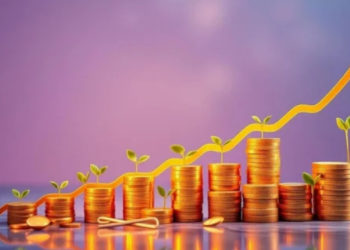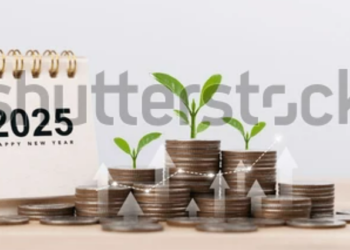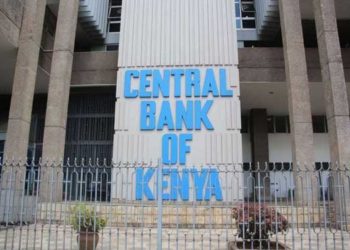Social consequences of the tax relief for gamblers
In the amendments that have been made to the Finance Bill 2025, which was voted through by the members of...
Read moreDetailsUnlocking long-term wealth with the power of compounding
Compounding is often described as the eighth wonder of the wonder by Albert Einstein for a good reason. It’s a financial...
Read moreDetailsHealthCare investment trends and insights
The health sector continues to be one of the most promising areas for investment in 2025, being driven by technological...
Read moreDetailsSaving vs Investing
As we navigate the financial landscape of 2025, understanding the difference between saving and investing is crucial for achieving your...
Read moreDetailsUsing technology to tackle Kenya’s counterfeit drug menace
Kenya’s pharmaceutical sector faces a persistent and growing threat which is the circulation of counterfeit drugs. This crisis not only...
Read moreDetailsThe rise of the “soft life” and the strain on financial discipline
In Kenya today, the rise of the “soft life” culture has transformed how many young professionals define success. Prioritizing comfort,...
Read moreDetailsA scalable solution to Kenya’s rural health crisis
In many parts of rural Kenya, access to healthcare has evolved from being a mere challenge to a race against...
Read moreDetailsKenya’s T-bill frenzy a red flag
The continued oversubscription of Kenya’s Treasury bills (T-bills), particularly the 91-day paper, has become a defining feature of the domestic...
Read moreDetailsThe invisible tax: How poor financial literacy is costing Kenyan’s millions
In Kenya’s fast-evolving financial landscape, where mobile loans, savings apps and digital payments dominate everyday life, an invisible tax weighs...
Read moreDetailsKenya’s tech startups, fueling a new era of digital wealth
Kenya’s tech scene, often referred to as the “Silicon Savannah,” is fast becoming a breeding ground for innovation, entrepreneurship and...
Read moreDetails


















